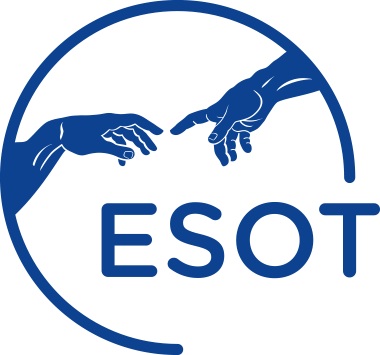- Journal of Thoracic & Cardiovascular Surgery. 1999 Jun; 117(6):1063-9.
- Abstract
- Pubmed Link
BACKGROUND: Extracorporeal photopheresis is an immunomodulatory technique in which a patient's leukocytes are exposed to ultraviolet-A light after pretreatment with 8-methoxypsoralen (methoxsalen). There have been few reports describing the use of extracorporeal photopheresis in lung transplant recipients. METHODS: We reviewed our experience using extracorporeal photopheresis in 8 lung transplant recipients since 1992. All 8 patients had progressively decreasing graft function and 7 were in bronchiolitis obliterans syndrome grade 3 before the initiation of photopheresis. One patient had undergone a second transplant operation for obliterative bronchiolitis. Two patients had a pretransplantation diagnosis of chronic obstructive pulmonary disease, 1 alpha1-antitrypsin deficiency, 1 cystic fibrosis, 1 bronchiectasis, 1 idiopathic pulmonary fibrosis, and 2 primary pulmonary hypertension. Before refractory rejection developed, all patients had been treated with 3-drug immunosuppression and anti-T-cell therapy. The median time from transplantation to the start of extracorporeal photopheresis was 16.5 months and the median number of treatments was 6. RESULTS: The condition of 5 of 8 patients subjectively improved after extracorporeal photopheresis therapy. In these 5 patients photopheresis was associated with stabilization of the forced expiratory volume in 1 second. In 2 patients there was histologic reversal of rejection after photopheresis. With a median follow-up of 36 months, 7 patients are alive and well. Three patients required retransplantation at a median of 21 months after completion of the treatments. Four patients have remained in stable condition after photopheresis. There were no complications related to extracorporeal photopheresis. CONCLUSION: We believe that this treatment is a safe option for patients with refractory lung allograft rejection when increased immunosuppression is contraindicated or ineffective.
BACKGROUND:
There is no standard definition for “HLA incompatible” transplants. For the first time, we systematically assessed how HLA incompatibility was defined in contemporary peer-reviewed publications and its prognostic implication to transplant outcomes.
METHODS:
We combined 2 independent searches of MEDLINE, EMBASE, and the Cochrane Library from 2015 to 2019. Content-expert reviewers screened for original research on outcomes of HLA-incompatible transplants (defined as allele or molecular mismatch and solid-phase or cell-based assays). We ascertained the completeness of reporting on a predefined set of variables assessing HLA incompatibility, therapies, and outcomes. Given significant heterogeneity, we conducted narrative synthesis and assessed risk of bias in studies examining the association between death-censored graft failure and HLA incompatibility.
RESULTS:
Of 6656 screened articles, 163 evaluated transplant outcomes by HLA incompatibility. Most articles reported on cytotoxic/flow T-cell crossmatches (n = 98). Molecular genotypes were reported for selected loci at the allele-group level. Sixteen articles reported on epitope compatibility. Pretransplant donor-specific HLA antibodies were often considered (n = 143); yet there was heterogeneity in sample handling, assay procedure, and incomplete reporting on donor-specific HLA antibodies assignment. Induction (n = 129) and maintenance immunosuppression (n = 140) were frequently mentioned but less so rejection treatment (n = 72) and desensitization (n = 70). Studies assessing death-censored graft failure risk by HLA incompatibility were vulnerable to bias in the participant, predictor, and analysis domains.
CONCLUSIONS:
Optimization of transplant outcomes and personalized care depends on accurate HLA compatibility assessment. Reporting on a standard set of variables will help assess generalizability of research, allow knowledge synthesis, and facilitate international collaboration in clinical trials.


